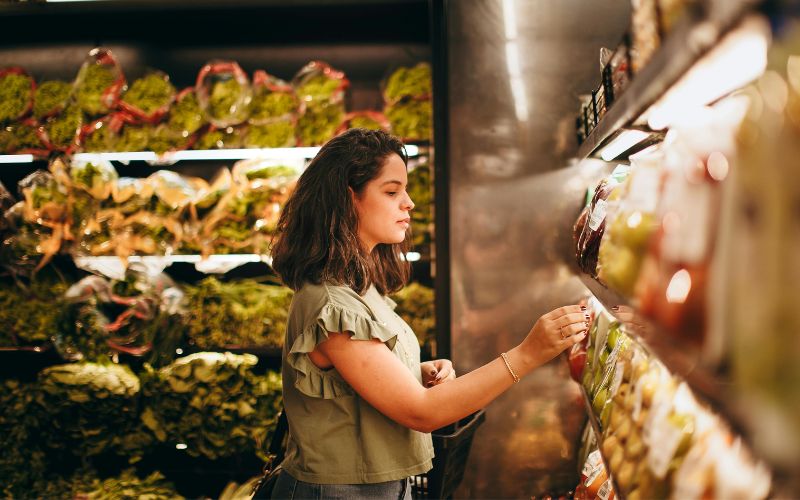
- Details
- By Shaun Griswold
People who receive food aid payments can now see how much they should receive from reduced benefits under the Supplemental Nutrition Assistance Program (SNAP), which is operating with $6 billion in reserve funding to feed roughly 42 million Americans during the ongoing federal government shutdown.
On Tuesday, the United States Department of Agriculture sent a memo to regional and state SNAP directors with guidance on how to immediately begin the process of getting benefits paid out.
This came after two federal judges in Rhode Island and Massachusetts ordered the USDA to spend from the $6 billion contingency approved by Congress for emergency relief from the funding lapses caused by the federal government shutdown.
SNAP costs roughly $8 billion to operate each month. While the contingency fund cannot cover all expenses, USDA officials outlined a plan in court to spend $4.6 billion to cover at least 50 percent of food aid benefits. The remaining portion of the contingency fund, approximately $1.4 billion, is allocated to cover administrative costs for state agencies to process new applications and distribute benefits to existing SNAP recipients.
States are required by law to notify people about changes in benefits.
A single person qualified for SNAP should receive $149, while two-person households are slated for payments totaling $273, according to the new USDA calculations. This does not include subsidies from states that have guaranteed to use money they have saved to cover some of the funding lapse left by the federal government for SNAP programs.
Higher SNAP payments will continue under the reduced rates for people in Guam, the U.S. Virgin Islands, Hawaii and Alaska.
Under the new calculations, a four-person household in rural Alaska, where a large population of Alaska Natives resides, should receive $997 from the federal government in addition to any other aid they may receive.
The changes went into effect on Nov. 1, the first day SNAP benefits were unpaid, according to the memo from Patrick Penn, Deputy Under Secretary with the USDA’s Food, Nutrition, and Consumer Services.
It remains unclear how long this process will take and when people will start to see the benefits reflected in their accounts. In court on Monday, Penn said it could take, “anywhere from a few weeks to up to several months.”
More Stories Like This
My Favorite Stories of 2025The blueprint for Indigenous Food Sovereignty is Served at Owamni
Seven Deaths in Indian Country Jails as Inmate Population Rises and Staffing Drops
Sen. Luján Convenes Experts to Develop Roadmap for Native Maternal Health Solutions
Senate Passes Bill Aimed at Missing and Murdered Indigenous Peoples Crisis

